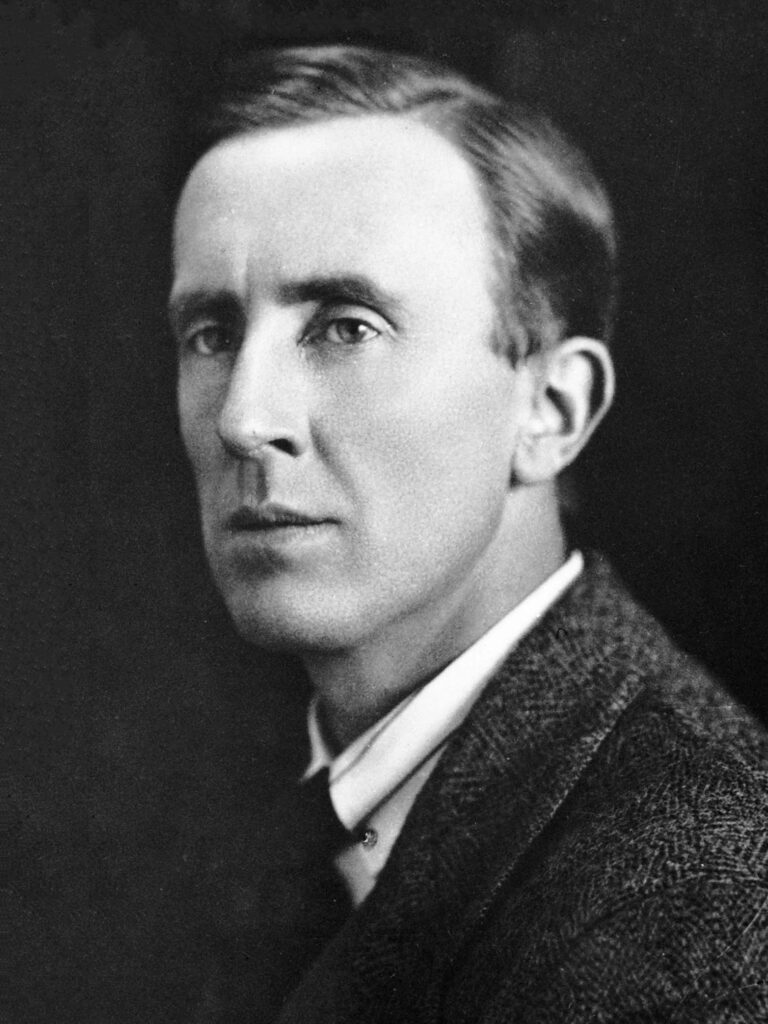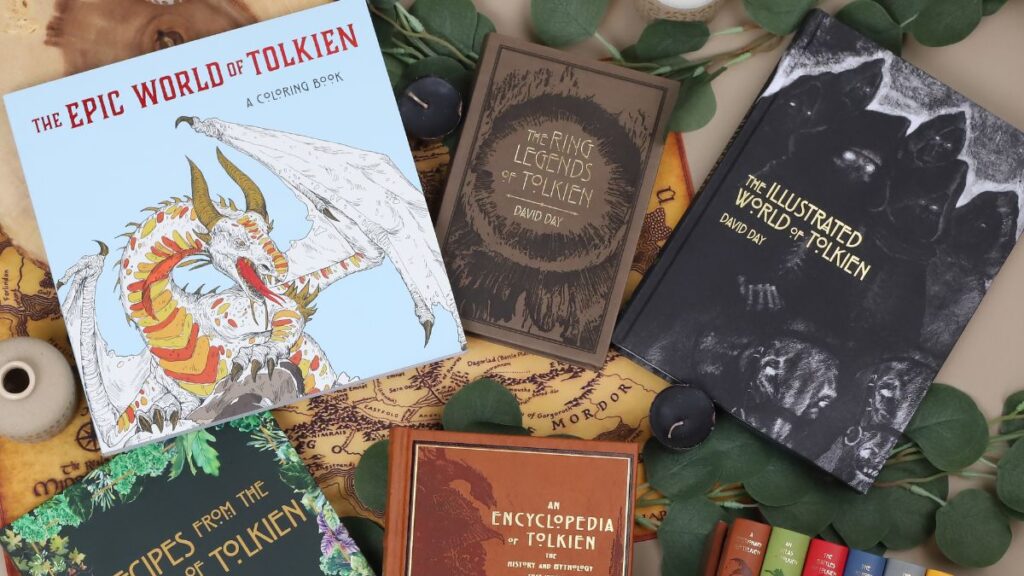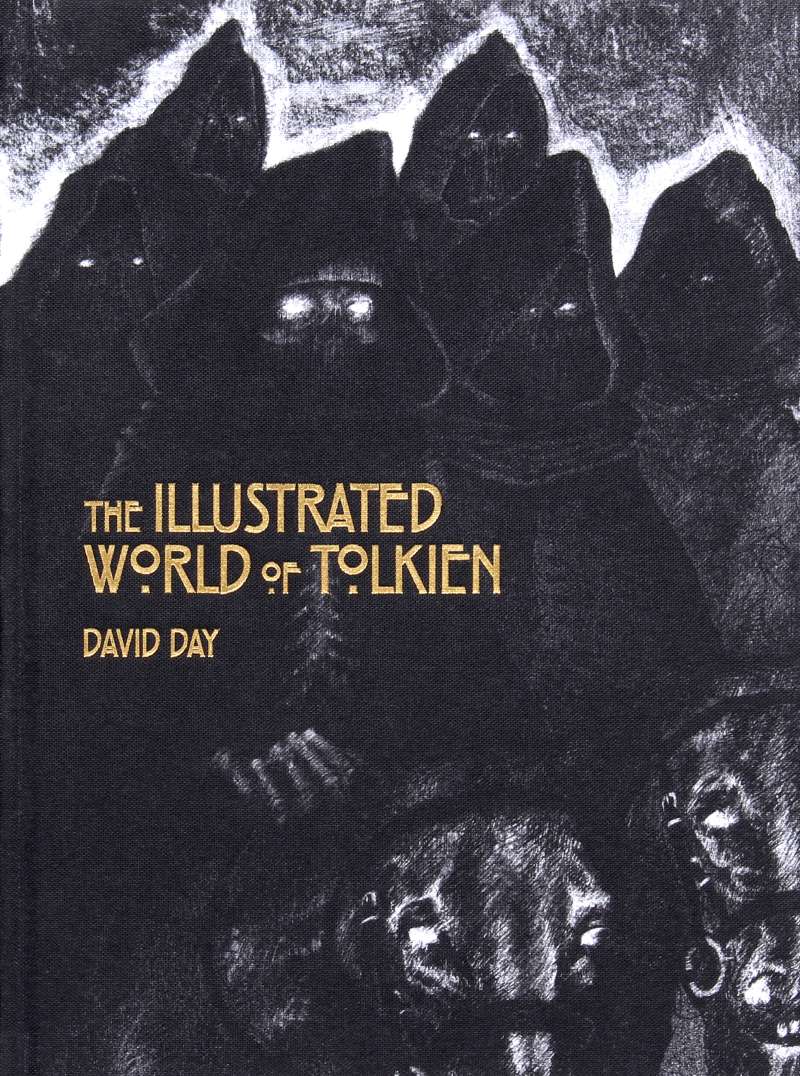By Brian Boone
What with that expensive new streaming series The Rings of Power coming back for a second season, it seems like everybody’s talkin’ Tolkien. We’ll take you there and back again with these little-known stories from the life and work of the lord of Middle-earth, J.R.R. Tolkien.
The Illustrated World of Tolkien by David Day
Linguists and historians regard Beowulf as one of the most important and oldest surviving pieces of literature in a language recognizable as English. Based on an oral tradition, and written down sometime before the 10thcentury A.D., contemporary interest in Beowulf is largely the result of the efforts of J.R.R. Tolkien. While serving as a professor of linguistics at Oxford University, he delivered a lecture (later published as a book) in 1936 called Beowulf: The Monsters and the Critics. It became a hit in academic circles throughout the English-speaking world, and it established Beowulf as a foundational English text and Tolkien as one of the best and brightest minds in his field.


Beowulf, at its core a tale of a brave hero slaying a beast that threatens civilized society, inspired Tolkien’s fantasy epics The Hobbit and The Lord of the Rings, as did the Bible. Those books are loaded with biblical allusions, stemming from how Tolkien was a devout Catholic. His faith frequently led to strife: His father died when he was a baby and his wealthy Protestant paternal relatives financially cut off the family after their conversion to Catholicism. In adulthood, Tolkien befriended his fellow Oxford professor and fantasy writer C.S. Lewis and got him to convert to Christianity — except Lewis joined the Church of England, not the Roman Catholic Church, to Tolkien’s mild chagrin.
Tolkien’s study of ancient European languages also directly helped build the world of Middle-earth, the setting of his fantasy novels. Many other European cultures had an ancient mythological canon, but not so much his native England. The stories of King Arthur and Robin Hood qualified, but Tolkien wanted a full system of myths — so he wrote The Lord of the Rings with that in mind.
As a widely respected man of letters, the academic community thought little of The Hobbit and The Lord of the Rings upon their respective initial publication in the 1930s and 1950s. They were considered a lark, and not taken seriously as literature. Nor were they particularly popular. Now all four books rank high on the list of the all-time best-selling works of fiction in the English language, but sales didn’t really take off until the books were embraced and popularized by the 1960s and 1970s hippie and counterculture movements.
While Amazon’s The Lord of the Rings: The Rings of Power are inspired by Tolkien’s works and related ephemera, there is one “lost” book in the series. In the ‘50s, Tolkien began work on a sequel set a century after the events of the final book in the original trilogy, The Return of the King. Tolkien couldn’t get the opening chapters to work, and he abandoned the idea.








